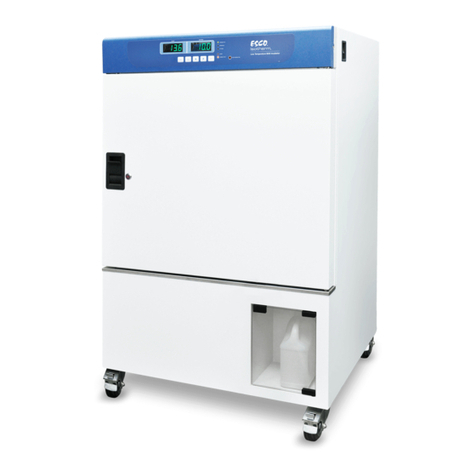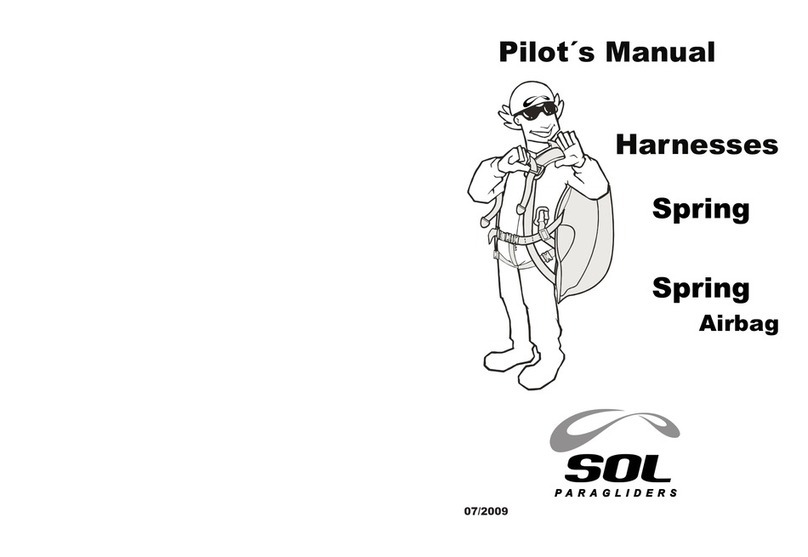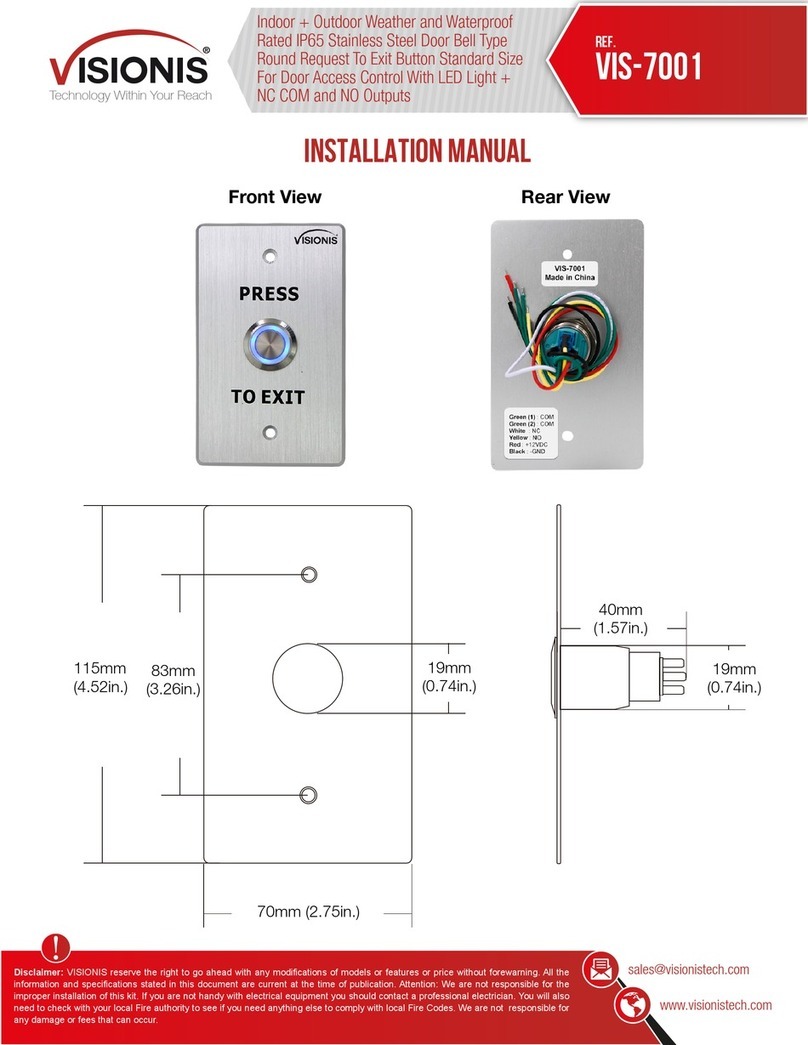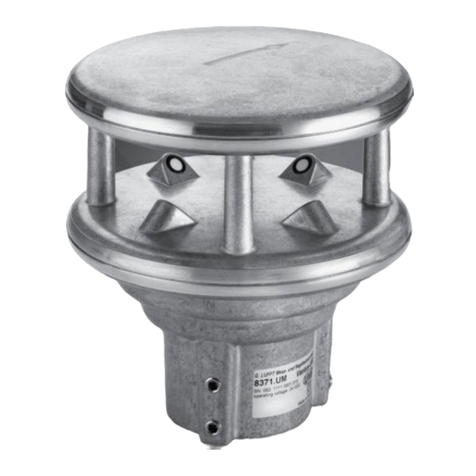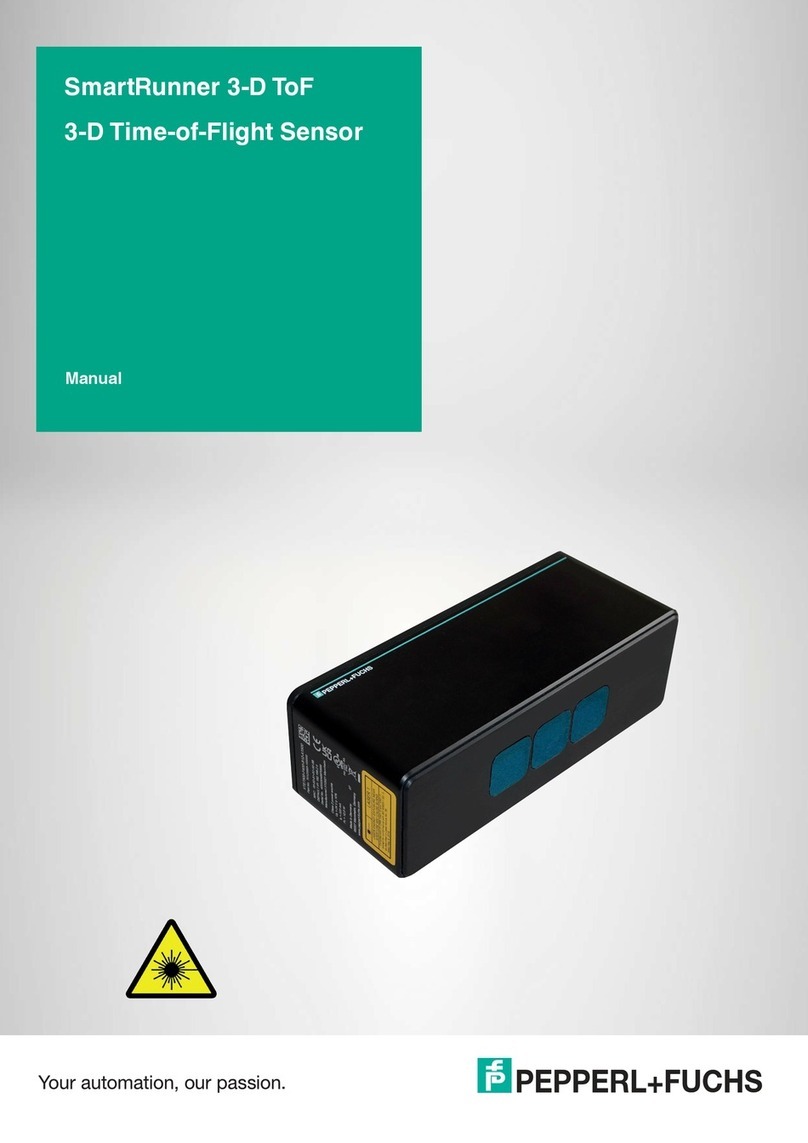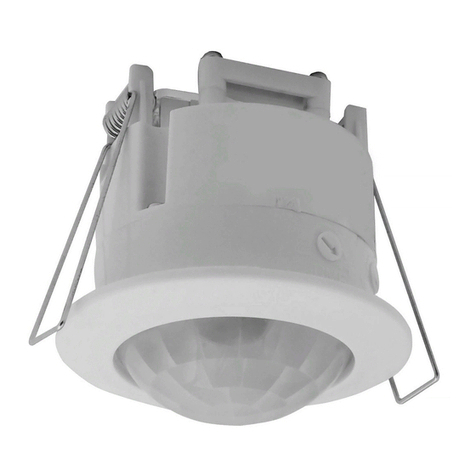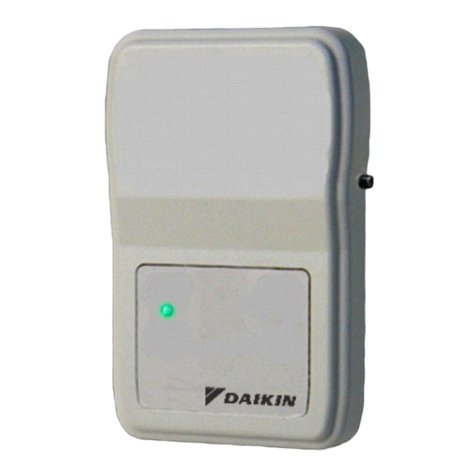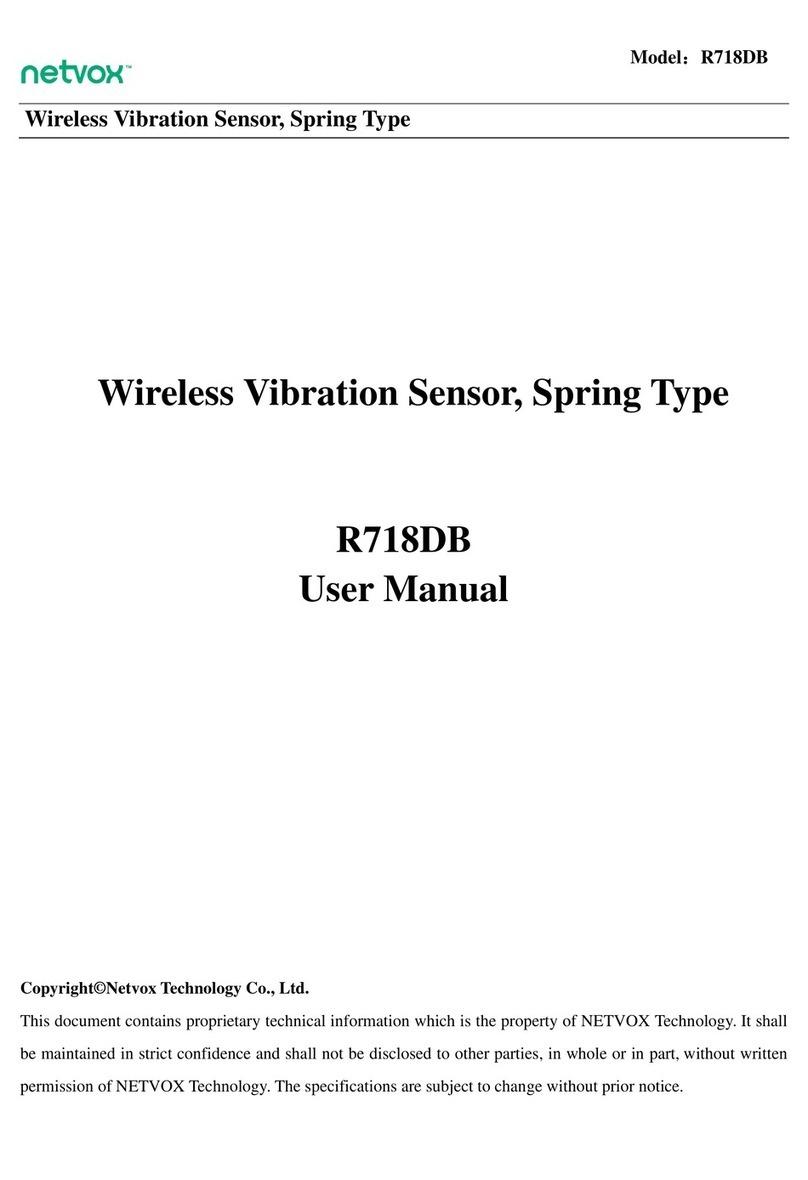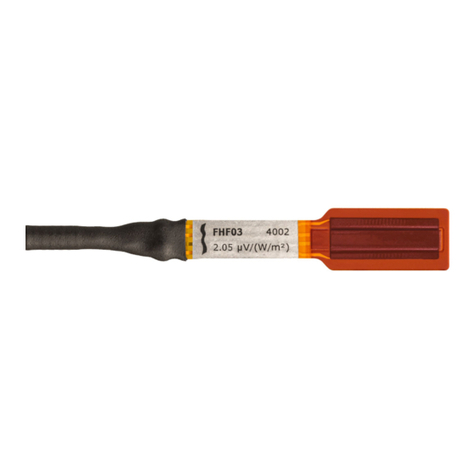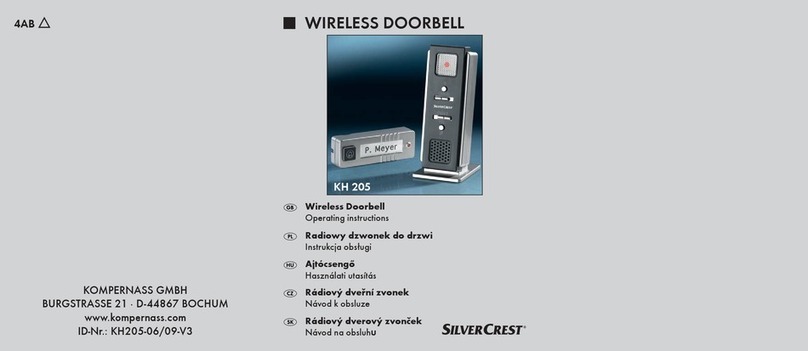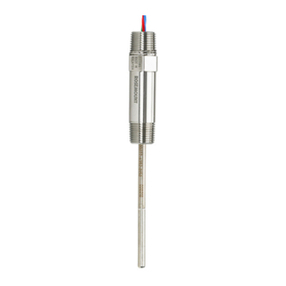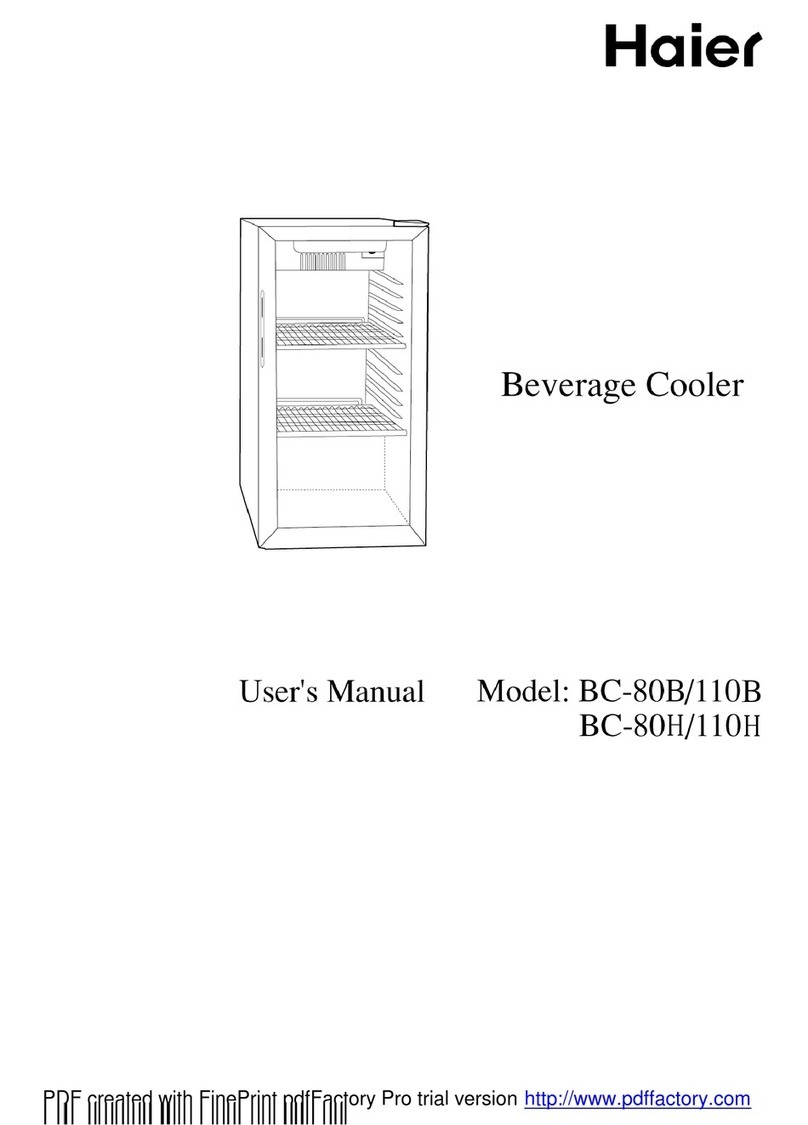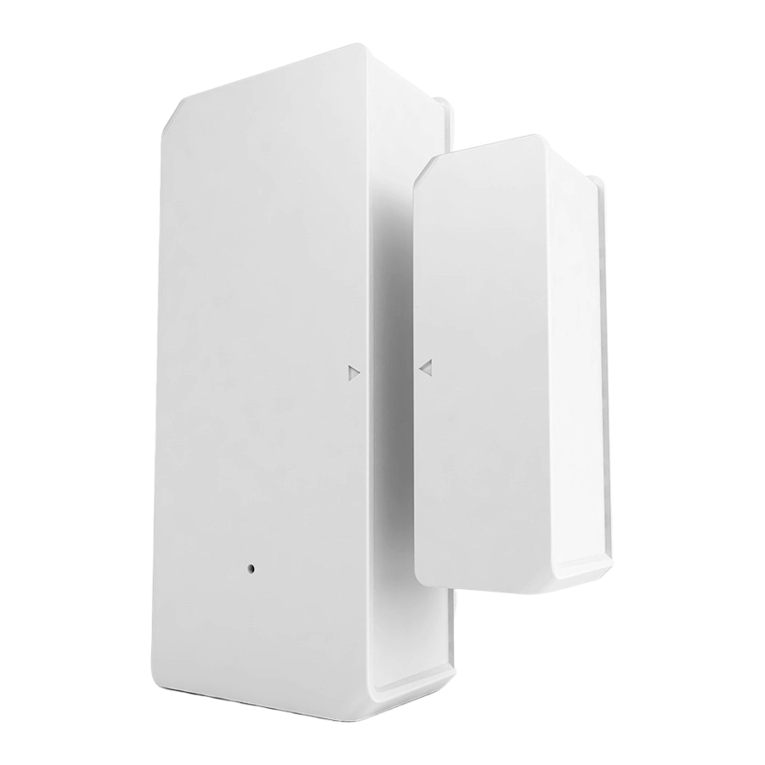SWR ProGap S User manual

SWR engineering Messtechnik GmbH
ProGap S
Microwave barrier
Betriebsanleitung
EN
Operating Instructions

Operating Instructions
2
CONTENTS Page
1. General . . . . . . . . . . . . . . . . . . . . . . . . . . . . . . . . . . . . . . . . . . . . . . . . . . . . . . . . . . . . . . . . . 3
2. Mounting and Installation . . . . . . . . . . . . . . . . . . . . . . . . . . . . . . . . . . . . . .
. . . . . . . . . . . . . 3
3. Electrical Connection . . . . . . . . . . . . . . . . . . . . . . . . . . . . . . . . . . . . . . . . . .
. . . . . . . . . . . . . 4
3.1 Safety Instructions . . . . . . . . . . . . . . . . . . . . . . . . . . . . . . . . . . . . . . . . . .
. . . . . . . . . . . . 5
4. Safety . . . . . . . . . . . . . . . . . . . . . . . . . . . . . . . . . . . . . . . . . . . . . . . . .
. . . . . . . . . . . . . . . . . 7
5. Commissioning . . . . . . . . . . . . . . . . . . . . . . . . . . . . . . . . . . . . . . . . . . . . . . . . . . . . . . . . . . . 8
6. Trouble Shooting . . . . . . . . . . . . . . . . . . . . . . . . . . . . . . . . . . . . . . . . . . . . . . . . . . . . . . . . . . 9
7. Notice . . . . . . . . . . . . . . . . . . . . . . . . . . . . . . . . . . . . . . . . . . . . . . . . . . . . . . . . . . . . . . . . . . 9
8. Declaration of Conformity . . . . . . . . . . . . . . . . . . . . . . . . . . . . . . . . . . . . . . . . . . . . . . . . . . . . 9
9. Technical Data . . . . . . . . . . . . . . . . . . . . . . . . . . . . . . . . . . . . . . . . . . . . . . . . . . . . . . . . . . . 10

Operating Instructions
3
1. General
The microwave barrier is a non-contact measuring procedure and can be used both on metal as well
as non-metal pipelines, containers, shafts, free-fall sections, bellows etc. Since it can penetrate non-
conductive materials such as plastics, it is possible to measure from the outside or through a window.
This makes it possible to completely decouple the measurement from the process - for example to measure
aggressive, abrasive or coarsely grained materials. In case of very difficult conditions - e. g. temperatures up
to 200 °C, pressures up to 20 bar as well as all DustEx-zones – the ProGap S can be used with the help of a
process-adapter.
2. Mounting and Installation
The device can be installed at any installation height. However, it is absolutely necessary to ensure that
transmitters and receivers are installed at the same height (arrow of transmitter and receiver up) and
precisely aligned to each other (see following figure).
Fig. 1: Mounting
Transmitter and receiver have to be positioned with their front ends facing each other at the same height.
Care should be taken that the ProGap S is installed in an area in which no vibrations are present.
109 11
65 7
12
1413 1516
8
21 3 4
max. 300 m
LED 2
S1
S2
LED 1
max. 300 m
Transmitter Receiver
103 103
ø 52
ø 52
G 1 1/2", L=30
G 1 1/2", L=30
P1
P2

Operating Instructions
4
3. Electrical Connection
The connection of the microwave barrier takes place according to the figure.
Power supply 24 V
3
4
6
7
8
9
10
11
12
+ ~
– ~
Transmitter + 24 V
Transmitter GND
Receiver + 24 V
Receiver GND
220 V, 0,2 A
50 W, 60 VA
Fig. 4: Transmitter
Fig. 6: DIN Rail electronic
A normal installation cable can be used for the 2-wire connection line to the transmitter or the receiver.
Fig. 5: Receiver
To detect levels of materials with low bulk density respectively with a low dielectric coefficient reliably, the
installation of transmitter and receiver can be done as shown in the drawing below.
In this type of installation the metallic wall on the opposite side of the bin can be used for the reflection of
the microwave.
The arrangement of transmitter and receiver mustn’t be exactly parallel to each other in this installation,
because in that case the signal of the transmitter is not reflected to the receiver. The installation should be
slightly angled.
According to the rule arriving angle = emergent angle a slightly angled positioning, depending on the
distance to the opposite wall, is necessary.
The distance covered by the microwave in the shown installation is nearly twice as long as it is in a face to
face installation. The installation of the equipment on one side of the bin is also an advantage in case of
shortage of space.
Round Wall (metallic)
Transmitter
Receiver
▲
▲
▲
▲
▲
▲
Rectangular wall (metallic)
Transmitter
Receiver
▲
▲
▲
▲
▲
▲

Operating Instructions
5
Marking according directive 94/9/EG: II 3 D IP 65 T 70 °C
Equipment group
Equipment category
For explosive mixtures of air
and combustible dusts
Degree of protection
Maximum surface temperature at
maximum ambient temperature Ta = 60 °C
3.1 Safety Instructions
Hazardous Area
DustEx-Zone
22 20 22
Non-hazardous Area
only with
process-adapter
only with
process-adapter
▼
▼

Operating Instructions
6
Equipment Category Explosive
dust/air-mixtures (D)
Category 1 Zone 20, 21 or 22
Category 2 Zone 21 or 22
Category 3 Zone 22
Power Supply
(observe typeplate)
Voltage range
Power supply
12 V DC powered by
DIN Rail electronic
Max. power consumption
1,5 W
Category II 3 D Sensor in Zone 22
Type of protection Sensor = IP 65 / DIN Rail electronic = IP 40
Safety notes for installation in explosion hazardous areas
1. Comply with the installation and safety instructions in the operating instructions.
2. Install the device according to the manufacture’s instructions and any other valid standards and regulations.
3. The device may not be operated outside the electrical and thermal parameters.
4. To maintain the ingress protection IP 65 of the housing, install the housing cover and cable glands correctly.
5. Cable glands and cable entries must be used, which are suited for the category II 3 D.
6. To install the ProGap S in a DustEx-zone you need a process-adapter.
Thermal Data Category 3 (Zone 22)
Permissible range of ambient temperature - 0 °C . . . + 60 °C
Maximum surface temperature at
an ambient
temperature of 60 °C
+ 70 °C

Operating Instructions
7
4. Safety
The ProGap S was designed, built and tested to be safe and was shipped in safe condition.
Nevertheless persons or objects may be endangered by components of the system if these are operated in an
inexpert manner. Therefore the operational instructions must be read completely and the safety notes must be
followed.
In case of inexpert or irregular use, the manufacturer will refuse any liability or guarantee.
4.1 Regular Use
•Only original spare parts and accessories of SWR engineering must be used.
4.2 Identification of Dangers
•Possible dangers when using the sensor are marked in the operating instructions.
4.3 Operational Safety
•The microwave barrier must be installed by trained and authorised personnel only.
•In case of maintenance-work on the pipe or on components of the ProGap S-sensor, make sure that the
piping is in unpressurized condition.
•Switch off the power supply for all maintenance, cleaning or inspection works on the tubes or on
components of the ProGap S.
•Before hot work the microwave barrier must be removed from the installation place.
•The components and electrical connections must be checked for damages regularly. If a damage is
found, it is to be repaired before further operation of the instruments.
4.4 Technical Progress
•The manufacturer reserves the right to adapt technical data to the technical progress without particular
advance notice. If you have any questions, SWR engineering will be pleased to inform you on possible
changes and extensions of the operating instructions.

Operating Instructions
8
5. Commissioning
All operating controls required for calibration can be
found in the receiver.
P1: Setting the threshold level
through sensitivity.
P2: Setting the delay of the switch-off signal.
S1: Relay active / passive
S2: Doubling the sensitivity
LED 1: shows the switching status of the relay.
•LED on = relay is closed
LED 2: shows the signal strength through flashing.
•fast flashing = high signal strength
•slow flashing = low signal strength
•LED off = no reception signal
Set shift pattern with potentiometer P1
The threshold level at which the relay is to be switched is set with potentiometer P1.
The microwave barrier is set so that there are definite differentiations between an interrupted and
a muted / non-interrupted microwave beam.
Procedure: In case of a non-interrupted beam and flashing LED 2, rotate P1 clockwise until the relay
switches and LED 1 glows at the same time. Now interrupt the beam (place material to be detected between
transmitter and receiver) and only rotate P1 counter-clockwise until LED 1 is turned off. Repeat the process.
If LED 1 continues to glow even if P1 is turned all the way to the left, and if the materials are materials with
a low dielectric coefficient and weak attenuation (e. g. paper, plastic, foams), then please contact
SWR engineering Messtechnik GmbH.
If LED 2 doesn’t flash, then set switch S2 to position 2, so that the sensitivity is doubled. If the LED itself
does not flash even in this sensitive position, then the receiver is not receiving a signal from the transmitter.
In this case, please check the microwave barrier for functionality with regard to the following:
•Wrong alignment between the barriers
•Distance between receiver and transmitter too great
•Too much attenuating material in the beam
•Attenuating crust built up on the sensors
Set switch delay time with potentiometer P2
Finally, set the switch-on /switch-off time with potentiometer P2 according to its requirements in a
range from 0.25 to 5 seconds. A counter-clockwise rotation increases the delay. This can prevent a
flutter in the switch relay caused by a critical sensitivity setting.
Fig. 8: Position of operating controls
LED 2
S1
S2
LED 1
P1
P2

Operating Instructions
9
6. Trouble Shooting
In case LED 1 should not light up even during a highest sensitivity being set (potentiometer P1 turned
all the way to the right and switch S2 set to position 2) when there is material between transmitter and
receiver, there is a possibility that, due to
•the position of the installation locations in relation to each other
•the position of transmitter in relation to receiver or
•too great a distance between transmitter and receiver,
the maximum detection range is limited.
7. Notice
•Avoid reflections on metal parts.
8. Declaration of Conformity
The described product meets the requirements of the following European directives:
Number: 89/336/EEC
Text: Electromagnetic compatibility
The accordance of the described product with the regulations of Directive No. 89/336/EEC is
demonstrated by the complete compliance with the following standards:
Reference number Issue date Reference number Issue date
DIN EN 55011 2007 DIN EN 61000-4-3 1997
DIN EN 61000-1 DIN EN 61000-6-1 2002
DIN EN 61000-3-2 2001 DIN EN 61000-6-2 2000
DIN EN 61000-3-3 2001 DIN EN 61000-6-3 2002

Operating Instructions
10
Sensor
Material Housing: Stainless steel 1.4571
Sensor-isolation: POM
Protective system IP 65
Using in EX-Zones
As ProGap S Ex-sensor in DustEx-zone 20/22
and GasEx-zone 0/2 only with process-adapter
Process temperature
-20 … + 80 °C
-20 … +220 °C (
with process-adapter
)
max. 1000 °C (with ceramic flange)
Ambient temperature -20 … +60 °C
Working pressure max. 1 bar
max. 20 bar (
with process-adapter
)
Detection range
0 … 4 m
0 … 18 m
> 18 m (on demand)
Power supply 12 V DC
powered by DIN Rail electronic
Power consumption approx. 1.8 VA
Current consumption max. 100 mA
Measuring frequency K-Band 24.125 GHz (± 100 MHz)
Transmitting power max. 5 mW
Weight Transmitter: approx. 560 g
Receiver: approx. 560 g
SWR engineering Messtechnik GmbH
Gutedelstraße 31 · 79418 Schliengen (Germany)
Fon +49 7635 82 72 48-0 · Fax +49 7635 82 72 48-48 · www.swr-engineering.com
9. Technical Data
DIN Rail electronic
Power supply 24 V DC ± 10 %
Power consumption 3.5 W
Current consumption 120 mA at 24 V
Relay (max.)
• Voltage
• Current
• Capacity
250 V AC
1 A
60 W
Fall-delay time
0.25 … 5 s (continuously adjustable)
Weight approx. 172 g
Protective system IP 40
Mounting with separating flange Mounting with pipe clamp
Thread mounting
A
B
Mounting types
The ProGap S can be easily installed in the following
ways:
• Screwing it into a G 1½-inch threaded connection,
• using a DN 40 flange or
• using a pipe clamp or other holding bracket.
(All rights reserved.)
EN 24/11/2015
certificated
according to ATE X
Table of contents
Other SWR Accessories manuals




